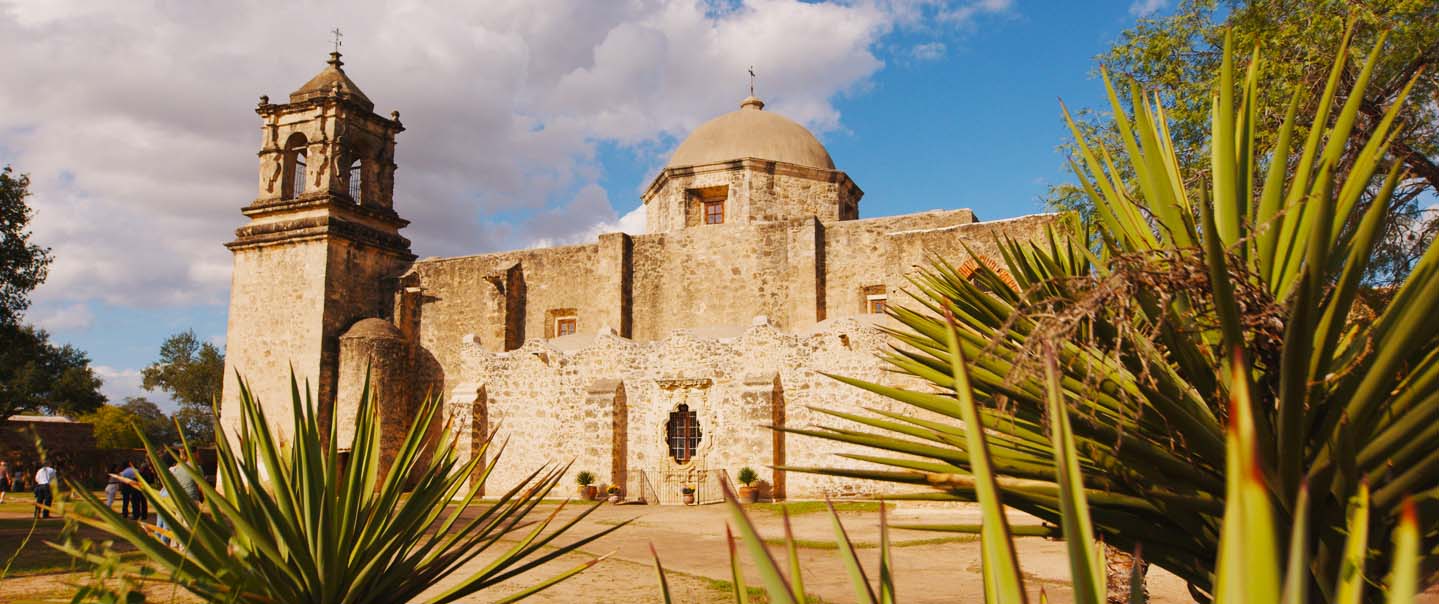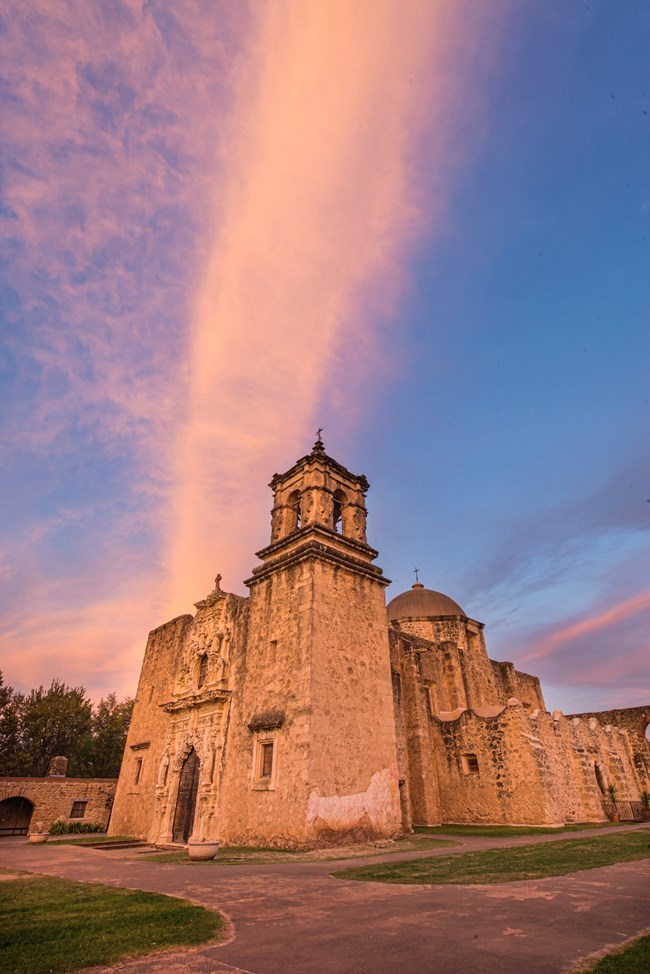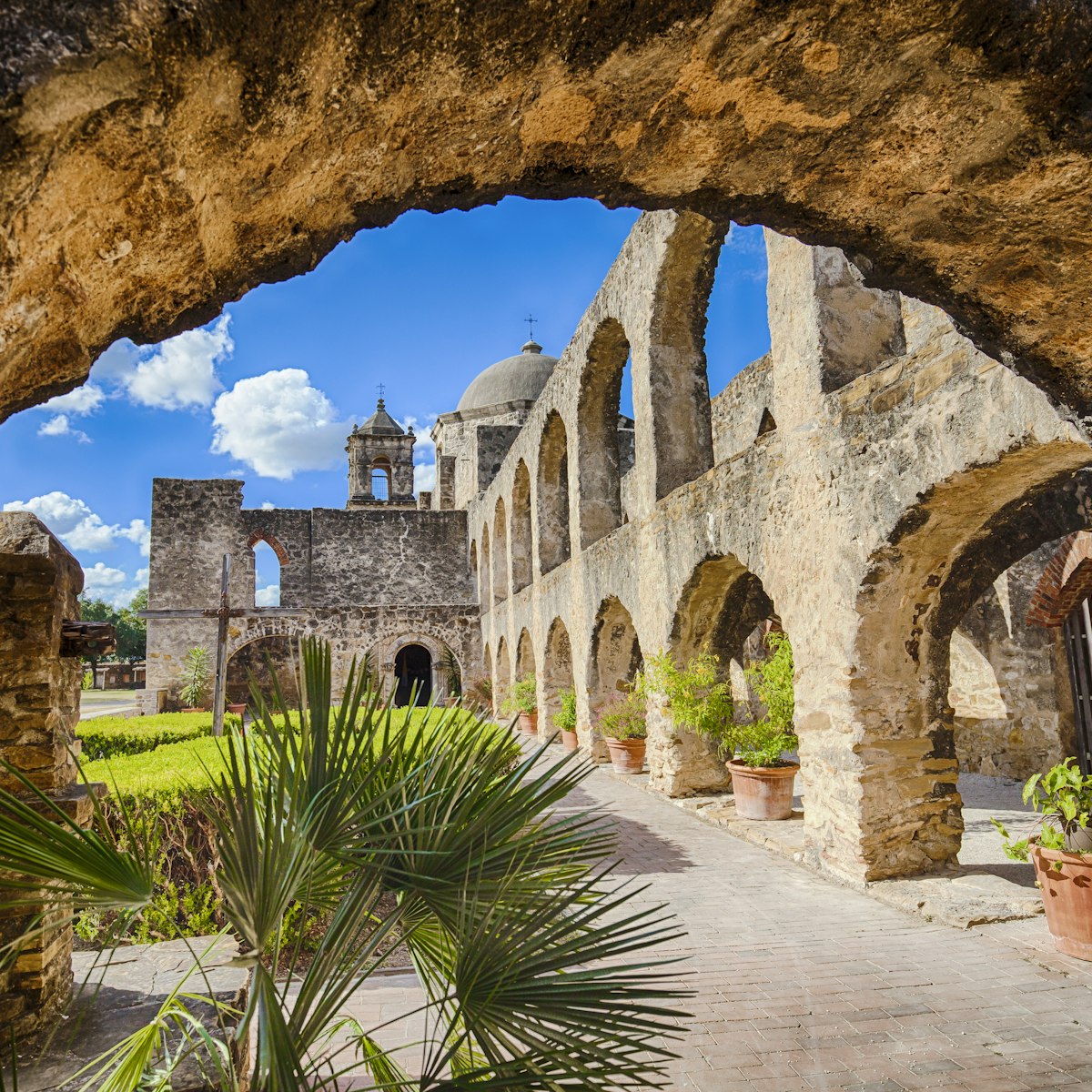San Antonio Missions National Historical Park Map: Browse the Historical Websites
San Antonio Missions National Historical Park Map: Browse the Historical Websites
Blog Article
Explore the Rich History of San Antonio Missions National Historic Park: a Comprehensive Overview to Its Cultural Significance and Preservation Efforts
As we embark on a journey through the historic history of these goals, we reveal building wonders that have actually endured the examination of time. Past the plain physical structures, each mission, significantly Objective Espada, carries an extensive social weight that resonates deeply with those who discover its grounds.
Historical History of San Antonio Missions
The roots of the historic history of the San Antonio Missions run deep, linking Spanish colonial influence with aboriginal cultures in the South Texas region. Developed in the very early 18th century, these missions were founded by Franciscan friars with the function of spreading Christianity and transforming the neighborhood aboriginal populaces. San Antonio Missions National Historical Park in TX. The Spanish Crown supported these missions as a way of solidifying control over the territory and broadening their influence in the New World
The Spanish promoters played a considerable duty in shaping the cultural landscape of the area, presenting new agricultural techniques, style, and spiritual techniques. The aboriginal areas, such as the Coahuiltecans and various other tribes, communicated with the Spanish settlers, causing a blending of traditions and ideas.
With time, the goals ended up being not only spiritual facilities however also economic and social centers, bring in inhabitants from different histories. Today, the San Antonio Goals stand as a testimony to this complicated history, reflecting the enduring tradition of Spanish manifest destiny and the strength of indigenous cultures in South Texas.
Building Marvels of the Objectives
Having laid the structure of social exchange in between Aboriginal communities and spanish missionaries, the architectural marvels of the San Antonio Missions exemplify a blend of European and native workmanship that continues to mesmerize visitors. These objectives, consisting of Mission San Jose, Goal Concepcion, Mission San Juan, Goal Espada, and the Alamo, showcase distinguishing characteristics such as ornate exteriors, elaborate carvings, vibrant frescoes, and sturdy stone wall surfaces. The Spanish Colonial architecture, characterized by curved doorways, bell towers, and sizable courtyards, mirrors a harmonious fusion of Spanish layout aspects with indigenous structure techniques.
Each goal within the San Antonio Missions National Historic Park informs an one-of-a-kind story through its design, illustrating the advancement of building designs and social influences with time. Site visitors can admire the knowledgeable craftsmanship obvious in the comprehensive stonework, hand-carved wood doors, and spiritual iconography adorning the insides. These architectural work of arts stand as long-lasting testaments to the enduring heritage of the missions and the cultural heritage they represent.
Social Relevance of Goal Espada
With its historical origins deeply intertwined with the indigenous societies of the area, Mission Espada stands as a sign of social strength and adaptation within the San Antonio Missions National Historic Park. Established in 1690, Goal Espada was developed by Spanish Franciscans as a way to spread Christianity among the Coahuiltecan individuals while likewise acting as a center for farming and market. The objective's cultural importance hinges on its duty as a meeting point between European and Native American customs, resulting in a special mix of architectural styles, religious methods, and agricultural methods.
Goal Espada's iconic aqueduct, known as "Acequia de Espada," is a testimony to the design abilities of both Spanish and indigenous peoples, showcasing their cooperation in creating vital rivers for watering purposes. This unified combination of social influences is additional exhibited in the mission's complex carvings, colorful frescoes, and spiritual ceremonies that continue to be practiced to this particular day. As one of the oldest unrestored stone churches in America, Mission Espada stands as a living testament to the long-lasting legacy of cultural exchange and adjustment that specifies the San Antonio Missions National Historic Park.
Preservation Difficulties and efforts
Conservation in preserving the historical integrity of Objective Espada encounters a myriad of complex obstacles that need ingenious services and specialized stewardship. As one of the five goals within the San Antonio Missions National Historic Park, Goal Espada faces preservation issues coming from ecological variables, city encroachment, and the recurring battle versus natural company website wear and tear. The delicate balance in between conserving the original frameworks and ensuring visitor accessibility and safety and security requires meticulous preparation and execution.
Initiatives to protect Mission Espada include a multi-faceted approach that consists of regular maintenance, architectural evaluations, and preservation projects. Cooperations in between park authorities, historians, archaeologists, and regional neighborhoods are essential in developing lasting preservation approaches. Difficulties such as moneying constraints, minimal sources, and the need for customized experience further make complex preservation efforts.
Regardless of these challenges, the commitment to safeguarding Goal Espada's historic significance stays undeviating. With proceeded research, neighborhood engagement, and flexible preservation methods, the conservation of Objective Espada stands as a testimony to the devotion in the direction of protecting our social heritage for future generations.
Community Engagement in Park Conservation

One of the key means the park entails the neighborhood is with volunteer opportunities. Regional locals can join conservation tasks, instructional programs, and special occasions, allowing them to contribute straight to the conservation of the park. This hands-on involvement not just profits the park in terms of extra resources and manpower but likewise develops a stronger connection in between the community and the park itself.
Additionally, the park regularly looks for input from regional stakeholders, including area teams, businesses, and government companies, to make sure that conservation efforts line up with the requirements and worths of the surrounding neighborhood. By engaging with the neighborhood population in these significant ways, San Antonio Missions National Historical Park cultivates a culture of preservation and sustainability that will certainly aid preserve this cultural treasure for future generations.
Conclusion

Beyond the plain physical frameworks, each objective, especially Mission Espada, lugs a profound social weight that resonates deeply with those who explore its premises. These goals, including Objective San Jose, Mission Concepcion, Objective San Juan, Goal Espada, and the Alamo, display distinct functions such as elaborate exteriors, complex carvings, vibrant frescoes, and tough stone walls.With its historical origins deeply linked with the aboriginal cultures of the area, Mission Espada stands as a symbol of cultural strength and adaptation within the San Antonio Missions National Historical Park (San Antonio Missions National Historical Park reviews). As one of the earliest unrestored stone churches in America, Mission Espada stands as a living testimony to the enduring tradition of cultural exchange and adjustment that specifies the San Antonio Missions National Historic Park

Please visit one of our local supporters- Brownstone Law
Report this page